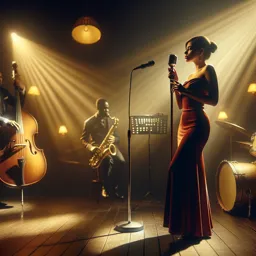Introduction to Opera Singing
Opera singing is a demanding and thrilling art form that blends powerful vocal techniques with dramatic storytelling. The soaring soprano notes or the deep resonance of a bass capture hearts worldwide. This guide helps newcomers explore opera and discover what it takes to begin this unique musical journey.
What Makes Opera Singing Unique?
Opera relies on precise classical techniques and a deep understanding of the voice as an instrument. Singers master breath support, projection, clear diction, and emotional expressiveness. The goal is to convey character and mood without microphones, filling large halls with pure sound.
Foundational Techniques in Opera Singing
- Breath Control: Deep diaphragmatic breathing supports every note with steady airflow.
- Vocal Placement: Resonating in the head and chest creates clarity, volume, and stamina.
- Diction and Language: Clear pronunciation in Italian, German, French, and more is essential.
- Posture: Standing tall with relaxed shoulders and an open chest supports breath and projection.
Exploring Opera Voice Types
Opera voices are categorized by range and timbre: soprano, mezzo-soprano, tenor, baritone, and bass. Identifying your voice type guides repertoire and role choices and is a key part of learning.
Getting Started with Opera Singing
Begin by listening to renowned recordings and watching live performances. Consider lessons with a teacher skilled in classical or opera techniques. Regular practice of exercises—scales, arpeggios, and language drills—builds essential skills.
Benefits Beyond the Stage
Opera singing enhances vocal ability, confidence, stage presence, and musical awareness. Even if you don’t pursue performing, studying opera enriches your connection to music and opens doors across genres.
Conclusion
Starting opera singing is a rewarding challenge with lifelong benefits. Whether aspiring to star roles or simply improve your voice, the journey begins with curiosity, dedication, and a passion for the art of the human voice.
































